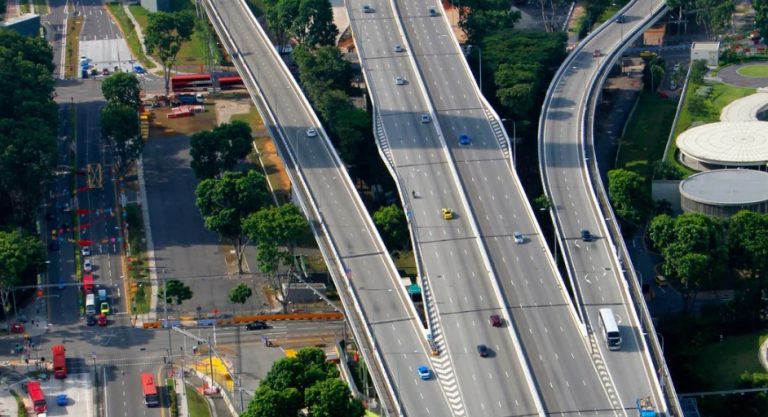Why Do Footballers Appear to Be Wearing Sports Bras During Matches and Training?
If you’ve watched a football match or behind-the-scenes training session, you’ve likely noticed players wearing garments that resemble sports bras.
This visual has puzzled many fans and sparked widespread curiosity. Why do elite athletes male footballers in particular wear something that looks like a bra? Is it for comfort, support, or something else entirely?
The answer lies in modern sports technology. These garments are actually GPS tracking vests, used to monitor and analyse a player’s physical performance. They have nothing to do with fashion or gender and everything to do with science, health, and football analytics.
What Are These Vest-Like Devices and How Do They Function?

Despite looking like a bra, the item worn by footballers is a high-performance vest designed to hold a tracking pod between the shoulder blades. This pod contains a combination of sensors, including:
- A GPS tracker that monitors location and movement
- An accelerometer that tracks changes in speed and direction
- A magnetometer that helps determine orientation and body positioning
The vest is worn tightly to keep the sensors stable and accurately aligned with the body. This tight fit is essential for reliable data capture, particularly during explosive movements like sprints, quick turns, or aerial duels.
What Kind of Data Do These Devices Capture?
The tracking pod embedded in the vest captures a broad range of biomechanical and physiological data, allowing coaching staff to gain a complete overview of a player’s physical workload and movement patterns.
Rather than relying on assumptions or limited observations, coaches now have access to real-time and post-session data such as:
- Total distance run in a session or match
- Number and intensity of sprints
- Acceleration and deceleration counts
- Maximum and average running speed
- Heart rate and exertion levels
- Time spent in various zones of the pitch
This information forms the basis of detailed performance analysis and is increasingly used in both training and matchday preparation.
Why Is the Vest Design So Similar to a Sports Bra?
The resemblance is purely functional. The compact pod needs to be held securely against the upper back to collect accurate movement and cardiovascular data.
A chest harness design similar to that of a sports bra provides the best structure to hold the technology in place without restricting movement.
Unlike loose-fitting gear, the GPS vest’s snug fit ensures that data isn’t distorted by bouncing or misalignment.
This makes it an optimal design for elite performance tracking, regardless of how unconventional it might look.
How Do GPS Vests Help in Injury Prevention and Recovery?

One of the key advantages of using these tracking vests is injury prevention.
Footballers are often at risk of overtraining, muscle fatigue, and soft tissue injuries all of which can be reduced through careful monitoring of physical output.
By reviewing weekly and monthly data, sports scientists can ensure that a player’s training intensity remains consistent. Sudden spikes or drops in sprint distances, for instance, can indicate overexertion or undertraining both of which increase injury risk.
After injury, players wear the same GPS vests to track rehabilitation progress.
Comparing current performance data to pre-injury benchmarks allows fitness coaches to decide when a player is ready to return to full training or match play.
How Do Coaches and Analysts Use the Data Collected?
Once the training or match ends, the data collected by the GPS pod is synced to performance analysis platforms.
This allows coaches and sports scientists to generate reports and insights that would be difficult to identify through observation alone.
These reports help answer critical performance questions:
- Is the player reaching expected fitness levels?
- Are they showing signs of fatigue that could affect performance or lead to injury?
- How is their movement distributed across the pitch?
Many clubs also produce heat maps from GPS data, visually representing where players spend most of their time. This can help identify issues such as poor positioning or tactical inefficiencies.
Are GPS Vests Used Only in Football?
While they are most visible in football, GPS tracking vests are used widely across other sports too. In fact, rugby teams were among the early adopters due to the physical nature of the sport.
Today, sports including cricket, hockey, athletics, and even tennis use similar wearable technologies.
Each sport adapts the use of GPS vests based on its unique demands.
In cricket, for example, bowlers use them to track shoulder load and delivery speed, while in athletics, they help sprinters monitor stride length and velocity.
Which Professional Teams Are Known to Use GPS Vests?
Most professional football clubs in Europe and beyond now use GPS tracking vests as part of their sports science programme. While the technology is standard across top-tier clubs, some examples include:
- Liverpool FC: Known for integrating data into both tactical planning and injury prevention
- Leicester City: Gained attention during their Premier League title-winning season for their effective use of performance data
- Brighton & Hove Albion: Use wearable tech extensively in training to ensure load management
In addition, women’s teams in the Women’s Super League (WSL) have increasingly adopted the technology to tailor training around menstrual cycles and hormonal changes that affect performance.
Can GPS Vests Be Worn During Competitive Matches?
Yes, but with regulations in place. Football’s governing bodies including FIFA and The FA permit the use of wearable tracking devices in official matches, as long as they meet specific safety standards.
During games, players wear the vests underneath their shirts, making them less visible. The devices must be non-intrusive, safe, and approved by the league or competition organiser.
Some competitions still restrict their use during games, so clubs often rely more heavily on training data. However, where allowed, matchday tracking provides extremely valuable insights under real conditions.
How Does the Data Influence Tactical and Strategic Decisions?

Beyond fitness and injury prevention, GPS vests also contribute to tactical refinement.
Managers and coaches use the collected data to better understand each player’s movement patterns and decision-making on the pitch.
For example, if a right-back is found to consistently push too high during matches, leaving the defensive line exposed, this can be addressed during video sessions supported by tracking data.
Similarly, midfielders who cover less ground than expected can be given specific conditioning tasks to improve endurance.
These insights are particularly valuable in congested fixture periods where rotations and substitutions must be managed strategically.
Table: Performance Metrics Captured by GPS Vests
| Metric Tracked | Purpose |
| Distance Covered | Measure overall workload and match intensity |
| Sprint Count | Identify high-intensity efforts and peak exertion |
| Acceleration/Deceleration | Analyse explosive actions critical in match play |
| Heart Rate | Monitor cardiovascular health and fatigue |
| Heat Map Coverage | Understand player positioning and tactical awareness |
| Speed Zones | Categorise efforts (jog, run, sprint) for fine-tuning |
What Makes GPS Vests Essential in Modern Football?
Football is increasingly driven by data, and wearable technology plays a central role in this transformation. From injury reduction to tactical decision-making, GPS vests give clubs the ability to train smarter, not just harder.
In a sport where even a 2% improvement in performance can be the difference between winning and losing, these seemingly simple garments offer a substantial competitive advantage.
With ongoing advancements in sensor technology and data analytics, their importance in the game is only set to grow.
Frequently Asked Questions
Are GPS vests comfortable for players to wear?
Yes, they’re made from stretchable, breathable material that allows full range of motion without discomfort.
Can players monitor their own data?
Most clubs allow players to view their performance data, helping them take ownership of their fitness and conditioning.
Is the GPS tracking accurate during a match?
Modern GPS vests use 10Hz or higher sampling rates, ensuring accurate and reliable performance tracking in real-time.
How much do GPS vests cost?
Entry-level units start at around £150, while professional systems with live tracking and analytics can cost upwards of £300 per vest.
Can grassroots or academy players use GPS vests?
Yes. Many academies and even amateur clubs now use affordable models for youth development and injury management.
How often is GPS data reviewed?
Performance analysts usually review and interpret data after every training session and match to make immediate adjustments.
Do footballers wear these vests in every session?
Most professionals wear GPS vests in all training sessions and, when permitted, during matches as well.






